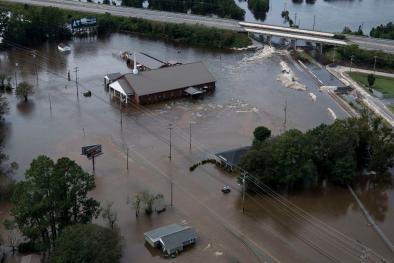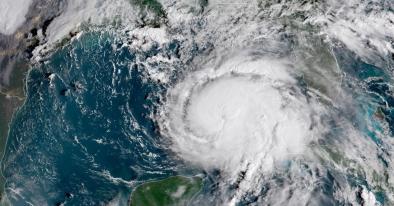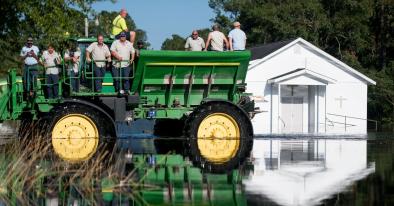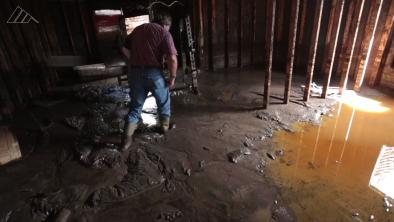ON LOCATION: Stranded in a squalid tower with flooded floors and no help
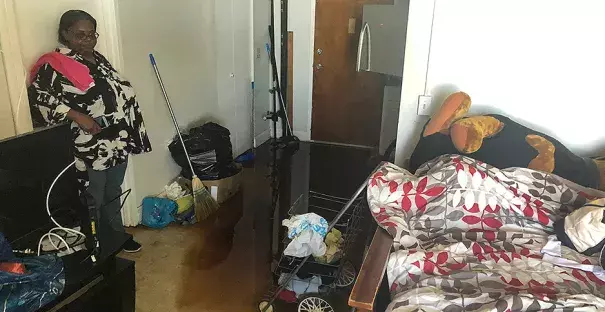
A public housing building here flooded from the top down.
On the highest floor of Solomon Towers, Debbie Williams managed to keep two things dry — her stuffed bear and her stuffed Doberman — but gave up trying to mop the dark rainwater falling from the walls and ceilings and light sockets. It just kept coming back worse.
Four days after Hurricane Florence poured into this housing project, she was still stepping through the water that had pooled around her bed. Federal and local responders were handing out supplies about a mile away, and the city's lights were blinking back on. But help hadn't reached the towers.
...
No officials had visited the downtown towers since the storm hit to check on the building's elderly and infirm residents, at least six of its occupants said yesterday.
...
The poor have been hit hard, and pre-existing inequalities in a region with acute poverty will almost certainly grow wider.
Research has shown that illness and death jumps in the period after a hurricane. The stress of enduring the storm can trigger problems like heart attacks, while the contaminated environment carries more chronic dangers (Climatewire, Sept. 14). And the more that climate change fuels hurricanes like Florence, the greater those problems could become, according to researchers.
...
Standing in line for Federal Emergency Management Agency aid, Doretha Williams, 57, said the poor part of town where she lives is struggling more than the wealthy beach-side areas where she works.
"All the projects don't have no lights, that's why [some people] are looting and acting like fools. We can't afford generators, they should have come and turned the lights on at our place first," she said.
Those suspicions — that neighborhoods with poor, black residents fare worse after storms — are understandable, said Bob Mann, the communications director for Louisiana Gov. Kathleen Blanco (D) during Hurricane Katrina. Decisions about where to prioritize repair work are often based on a neighborhood's technical characteristics, not its demographics, but the result can be the same: People in nicer houses often get their power turned on first.
Wealthier, whiter areas tend to have newer infrastructure that's more resilient to storms and easier to repair. So responders can power up more houses — and make their statistics look better — by starting work in more affluent areas before moving to the harder repairs in older neighborhoods, Mann said in a telephone interview.
That's cold comfort to poor residents, he added.
"There was some talk [after Katrina] that it shined a light on the poverty that was already there. But all that light and exposing didn't alleviate one person's suffering. It just showed us what was already there and we had just been ignoring," said Mann, who's now a professor at Louisiana State University.
Related Content
